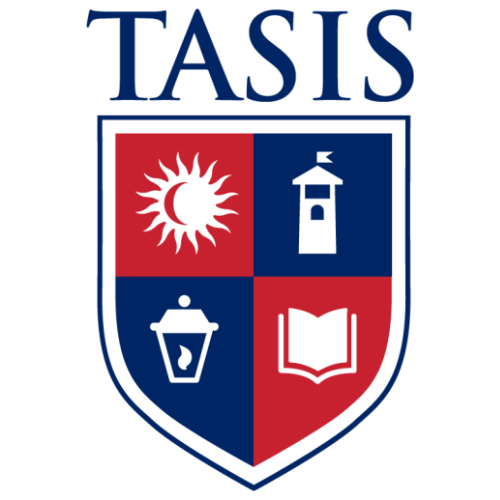by Devinder Buttar, AW Surrey
Accessibility allows us to tap into everyone’s potential.
– Debra Ruh
The world we live in is inherently neurodiverse and has been so for many millennia. In fact, a lot of ancient texts and treatises suggest neurodiverse thought. However, neurodiversity is not always easily apparent, understood or diagnosed, despite the immense progress of the last few decades.
 Global studies indicate that up to 20 percent of the human population is neurodivergent. In some countries that have robust screening programs – the best scenario – most children are usually diagnosed while in school, and they can avail themselves of individualized SEN (Special Education Needs) support and tailored individual learning plans. However, in many countries, children – especially those from low socioeconomic demographics – remain undiagnosed due to a lack of access to specialists. Unfortunately, many will remain undiagnosed throughout their schooling, only to be diagnosed years later as adults, if at all. It is this waitlist and lack of awareness that create many barriers to learning, resulting in higher levels of mental health issues, like anxiety, because of a lack of support or the continuing stress of “masking,” where children try to “fit in” with accepted norms. Ultimately, this will be tiring and unsustainable in the long run.
Global studies indicate that up to 20 percent of the human population is neurodivergent. In some countries that have robust screening programs – the best scenario – most children are usually diagnosed while in school, and they can avail themselves of individualized SEN (Special Education Needs) support and tailored individual learning plans. However, in many countries, children – especially those from low socioeconomic demographics – remain undiagnosed due to a lack of access to specialists. Unfortunately, many will remain undiagnosed throughout their schooling, only to be diagnosed years later as adults, if at all. It is this waitlist and lack of awareness that create many barriers to learning, resulting in higher levels of mental health issues, like anxiety, because of a lack of support or the continuing stress of “masking,” where children try to “fit in” with accepted norms. Ultimately, this will be tiring and unsustainable in the long run.
In addition to the socioeconomic divide, there is also a gender divide with early diagnosis. Boys are diagnosed more than girls in school and are provided with adequate support and understanding throughout their academic journey. Current research indicates that the Diagnostic and Statistical Manual (DSM-5) continues to have a gender bias. Some disturbing statistics include: for every woman diagnosed with an autism spectrum condition (ASC), roughly 3 to 6 men are diagnosed. Also, the most common age for women to be diagnosed with ADHD is late 30s to early 40s, compared to 7 for boys. There are a myriad of reasons for this gender divide.
Throughout history, women have grappled with living in a biased world. Consequently, they’ve developed a natural ability to fit in or mask any “undesirable” traits. Certain conditions like autism and ADHD can present differently in girls, and the symptoms may be much more subtle and therefore easier to miss, especially if fewer behavioral issues are exhibited. Women who externalize their needs are also more likely to be diagnosed with a mental health condition than a neurodivergent condition, and it can take years to get the correct diagnosis. For more information, read Deb Hadley’s (AIWC Düsseldorf) account of getting diagnosed with ADHD as an adult.
The first hurdle for many is access to a diagnosis. For example, in the UK, there is either a long waiting list (state-supported) or a hefty fee for a private diagnosis. A potential solution would be the adoption of universal screening – neurodivergent evaluation – in childhood. This early identification of neurodiversity would ensure access to support, such as different teaching methods and extra time for assignments and exams, while in a mainstream educational system, learning becomes more accessible to all.
This is critical during the school years, when differences are most apparent, and would empower neurodiverse children to celebrate their differences, giving them confidence in their education and transition into adulthood.
In mainstream schools, students with disabilities encounter significant challenges due to the lack of inclusivity and accessibility in the education system. Most neurodivergent students attend mainstream schools, which cannot fully accommodate their needs. Without early, crucial personalized support, it is highly unlikely that a neurodivergent person will make the academic and social progress they are capable of and deserve. The problem gets worse as students get older, and access to higher education for students with disabilities becomes incredibly limited.
Fortunately, with increasing awareness and support for neurodiverse learners, schools are implementing inclusive teaching methods such as assistive technology.
One of the lessons we learned from the COVID-19 pandemic is that community and technology are essential. Access to individualized information and communication technologies (ICT) provides the best support for students with a range of physical, sensory, communicative and cognitive disorders to participate in society and fulfill their potential. A well-informed, communicative, and emotionally secure support team – carers and school – is a game changer for many students.
After all...
Not only are these differences not going away, but we need the millions of neurodiverse children in the world today with their powerful gifts, talents, and abilities, to flourish. They are the future.
– Deborah Reber, author of Differently Wired: Raising an Exceptional Child in a Conventional World


